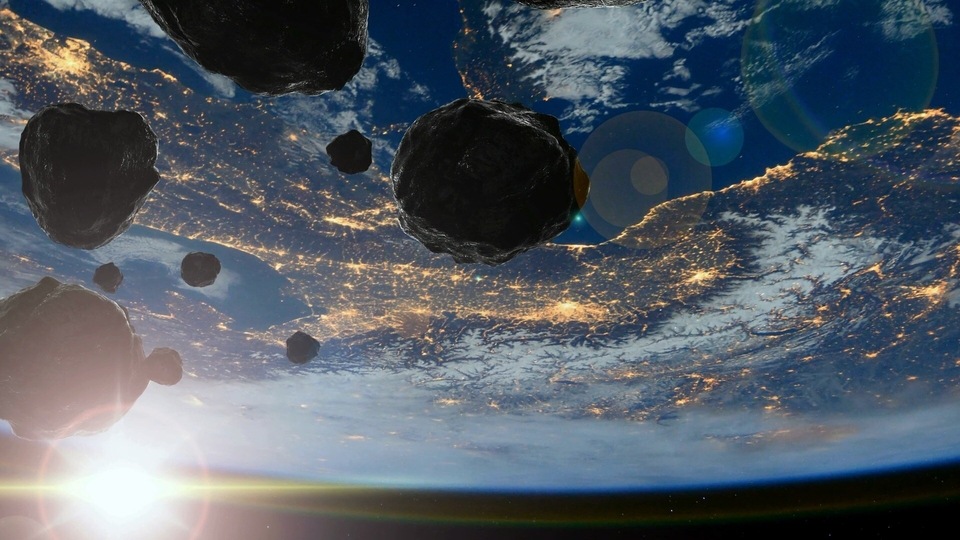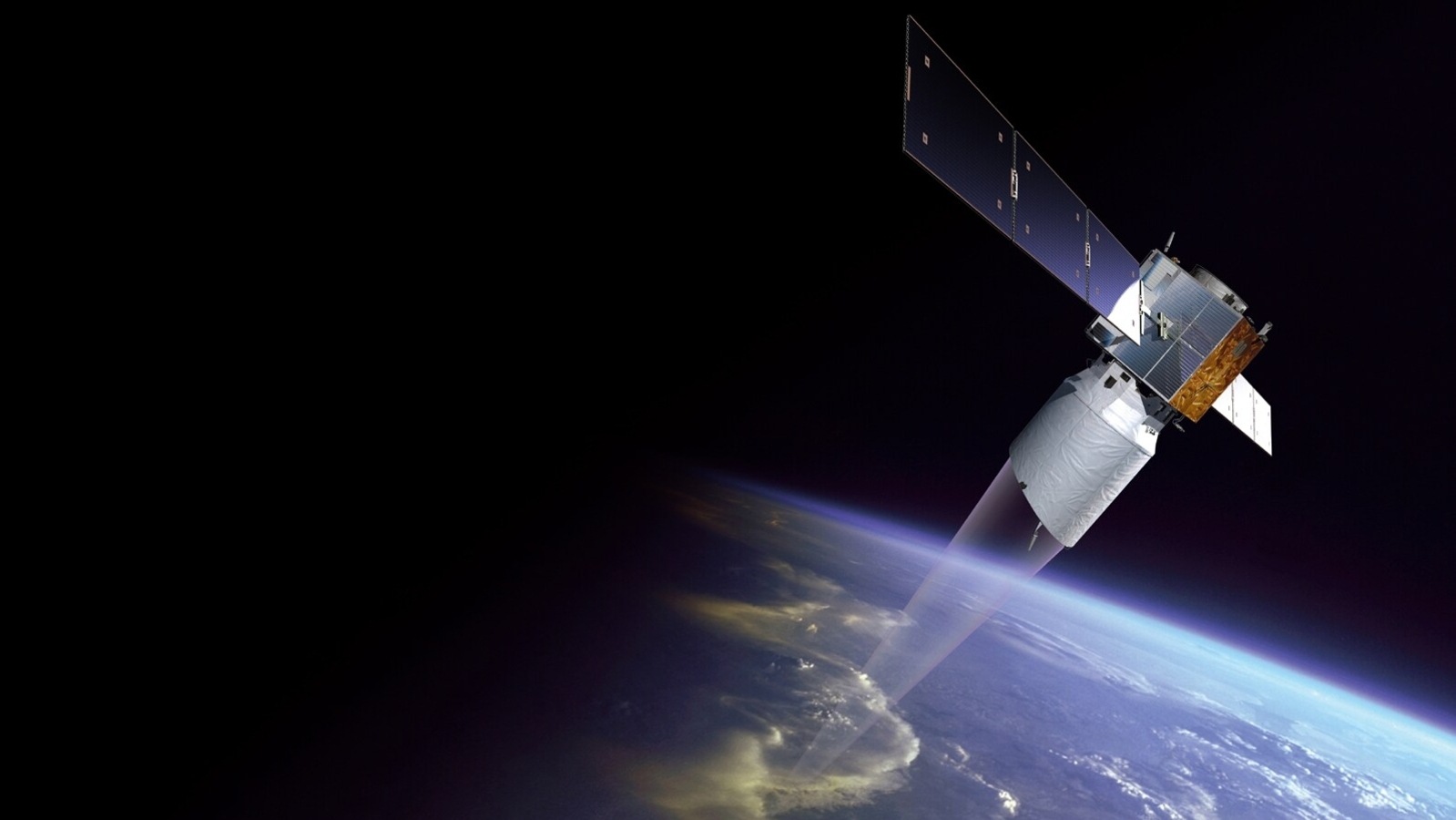Fiery death! Satellite Aeolus set to crash onto Earth
European satellite Aeolus will crash on Earth as its controlled re-entry marks the end of its five-year mission in space.






 View all Images
View all ImagesThe European satellite Aeolus is heading towards Earth and will crash soon. The spacecraft's mission is coming to an end, and as planned, it will hit Earth's atmosphere and descend naturally to its fiery death.
ESA's Meticulous Planning for Controlled Re-entry
The European Space Agency (ESA) is overseeing the Aeolus satellite's controlled re-entry, as it completes its five-year mission in space. Aeolus was launched before any rules for disposing of satellites at the end of their life were made. So, its natural return through our atmosphere was always part of the plan once it ran out of fuel.
ESA has been carefully planning and analyzing a series of maneuvers to control Aeolus's descent as much as possible. They are doing this for the first time and have divided the re-entry attempt into four main phases, which are now underway at ESA's mission control.
Phase I: Testing Large-Scale Movements at Low Altitudes
In Phase I, Aeolus was brought down from 280 km to 250 km altitude, performing the largest maneuver of its mission. This test was done to see how the satellite behaves when making such big movements at low altitudes.
Phase II: Lowering Aeolus's Closest Point to Earth
Phase II involved a series of four maneuvers over three to five days, lowering Aeolus's closest point to Earth (perigee) to about 150 km. Then, in Phase III, the final maneuver will bring Aeolus to a perigee altitude of 120 km.
Final Phase: Short Descent to Space Debris
The last phase will be the shortest, and Aeolus will become space debris as it descends in just a few Earth revolutions. Throughout these phases, mission control will stay in constant communication with the satellite, sending commands and receiving data whenever possible.
To help the descent, Aeolus is turned or 'slewed' 180 degrees repeatedly to switch between its regular orientation, where its antenna points towards Earth, and a 'retrograde' attitude. This second position allows the thrusters to fire in the opposite direction of Aeolus's flight, making it lose energy and lower its orbit.
The main goal is for Aeolus to burn up completely upon re-entry into the atmosphere. However, it's essential for the satellite to stay functional long enough for teams to keep sending commands and controlling its path.
In addition, ESA wanted to lower the already low chance of debris hitting people or property on the ground by purposely smashing it into the ocean, intended to collect vital data for future satellite re-entry, setting the path for best practises that other spacefaring countries and organisations can emulate.
Once all the final commands are sent, Aeolus will be 'passivated.' This means all energy sources on board, like propellant or batteries, will be switched off to avoid explosions.
Catch all the Latest Tech News, Mobile News, Laptop News, Gaming news, Wearables News , How To News, also keep up with us on Whatsapp channel,Twitter, Facebook, Google News, and Instagram. For our latest videos, subscribe to our YouTube channel.





























